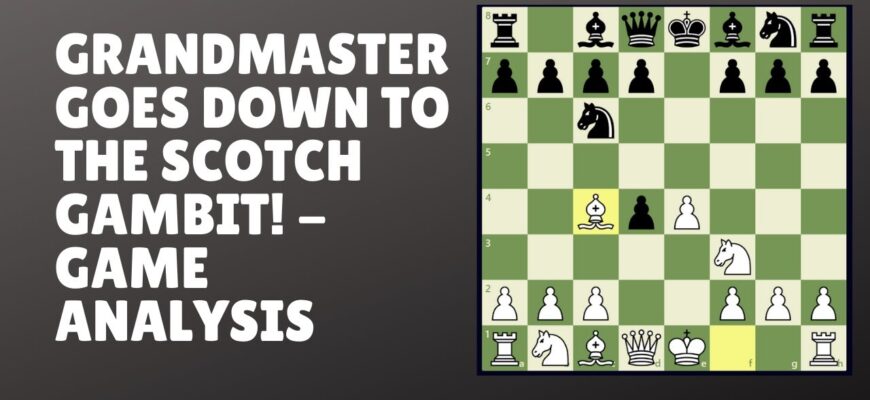In a move that could be seen as a subtle but significant nod to modernity, the International Chess Federation (FIDE) has announced an update to its dress code for the upcoming FIDE Grand Swiss and FIDE Women’s Grand Swiss tournaments. The headline change? The venerable “appropriate jeans” are now permitted. While this might sound like a trivial detail to the uninitiated, for the world of competitive chess, it represents a careful step in balancing enduring tradition with the comfort and evolving preferences of its elite players.
The New Standard: A Blend of Formality and Practicality
FIDE’s press release frames this revision as a “modern and inclusive approach,” designed to offer players “more comfort and freedom of choice” without compromising the “professional and respectful” appearance of the event. It’s a tightrope walk, to be sure, ensuring that the gravity of a Grand Swiss tournament, one of the most prestigious events on the chess calendar, remains intact even if a player is sporting denim.
Key Dress Code Guidelines: A Closer Look at “Appropriate”
The new guidelines are quite specific, leaving little room for interpretation of what “appropriate” truly entails:
For Men:
- Suit: The classic choice remains.
- Dark business casual trousers: This now explicitly includes classic, non-distressed jeans in blue, black, and grey. The emphasis on “classic” and “non-distressed” is crucial – no ripped knees or faded acid washes, please.
- Unicoloured shirt: Minor deviations like checkered or striped patterns are allowed, offering some stylistic freedom.
- Footwear: Dress shoes and loafers with closed toes, alongside unicoloured sneakers (soles can differ in color).
For Women:
- Skirt suit, pantsuit, dress suit, dress: Traditional elegance is still highly encouraged.
- Dark business casual trousers: Mirroring the men`s code, this includes classic, non-distressed jeans in dark blue, black, and grey.
- Shirt/blouse: The standard professional top.
- Footwear: Dress shoes and loafers with closed toes, and unicoloured sneakers (soles can differ in color).
The detailed specifications for what constitutes an acceptable pair of jeans — “classic, non-distressed” and in specific colors — offer a delightful, almost technical precision to a garment often associated with casual rebellion. One can almost picture a FIDE committee meticulously debating the exact shade of indigo or the permissible thread count for a seam.
Why the Change? Comfort, Image, and Progress
At its core, this update addresses a practical need. Elite chess tournaments are grueling affairs. Players spend hours at the board, deep in concentration, often under the intense scrutiny of cameras and an audience. Comfort can undeniably contribute to performance. By allowing well-fitting, respectable jeans, FIDE is acknowledging the physical and mental demands placed on its athletes, allowing them to focus more on the 64 squares and less on the pinch of a stiff waistband.
FIDE President Arkady Dvorkovich encapsulated the spirit of the change, stating, “With this update, FIDE reaffirms its commitment to both tradition and progress — creating an environment where players feel comfortable and confident, while the game continues to shine on the world stage.” This statement reflects a broader trend seen in many traditionally formal sports and professions: a gradual evolution towards greater comfort and individuality, provided it doesn`t detract from the inherent gravitas of the activity.
A Glimpse into the Future of Chess Culture?
This subtle shift in dress code is more than just about what players wear; it`s about the evolving image of chess itself. For years, chess has battled perceptions of being overly academic, perhaps even intimidating, to outsiders. While its intellectual depth remains undeniable, efforts to make the sport more accessible and appealing, especially to younger generations, are constant. Allowing a modern wardrobe staple like jeans, albeit “appropriate” ones, might send a signal that chess is contemporary, dynamic, and welcoming to new talent.
Comparing it to other intellectual pursuits or sports with a strong traditional background, like golf or even some orchestral performances, the trend is clear: there`s an ongoing negotiation between upholding a dignified image and embracing contemporary comfort and style. Golf, for instance, has seen a significant move towards performance-enhancing activewear, while still maintaining a generally smart aesthetic. Chess, it seems, is now making its own calculated move in this sartorial game.
Ultimately, while the grandmasters will still be battling across the board with unyielding focus, the addition of “appropriate jeans” to the dress code for the Grand Swiss tournaments marks a quiet but telling moment. It`s a pragmatic adjustment that acknowledges the realities of modern professional life, ensuring that the brilliant minds of chess can pursue their intricate strategies in an environment that is both respected for its tradition and responsive to the needs of its most valuable assets: its players.







